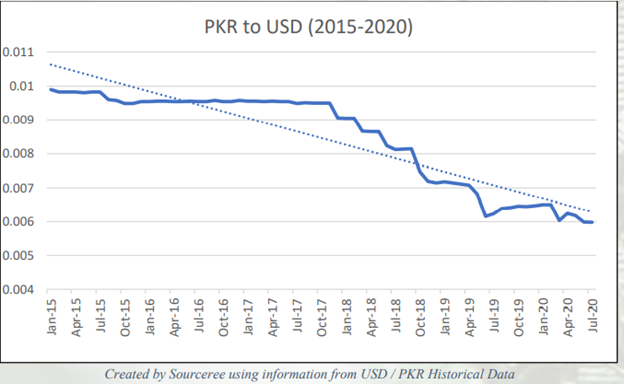Select excerpt from Belt & Road: China Pakistan Economic Corridor
As a follow-up to our February 2021 initial report on the People’s Republic of China’s Belt & Road Initiative (BRI), the Sourceree SHIELD Team has spent months preparing a comprehensive report on the BRI’s flagship, the China Pakistan Economic Corridor (CPEC). The report provides in depth information on CPEC projects, including planned costs, management structure, and countries involved in the effort.






